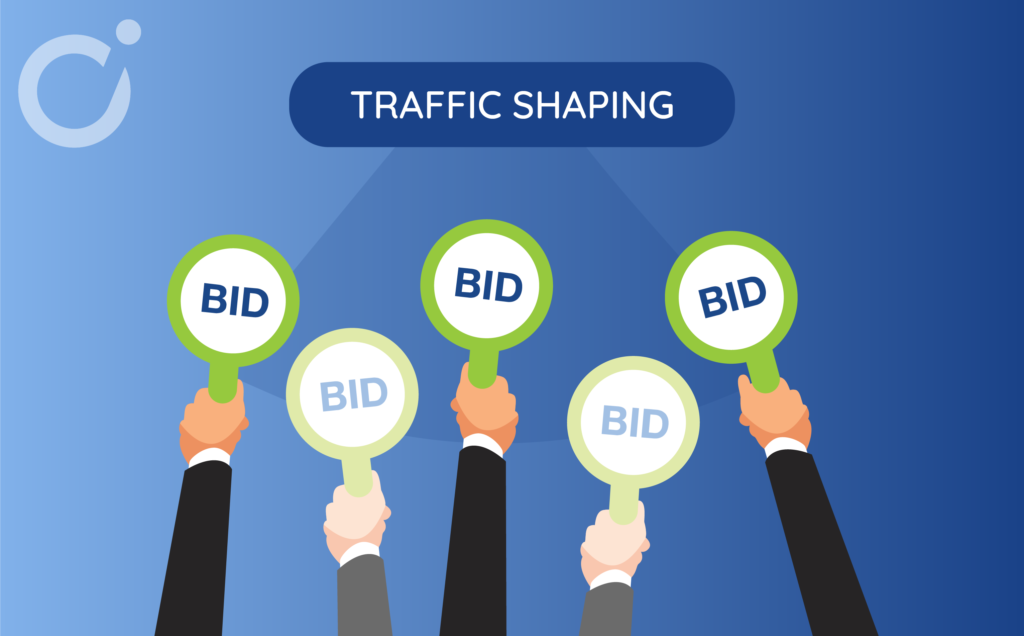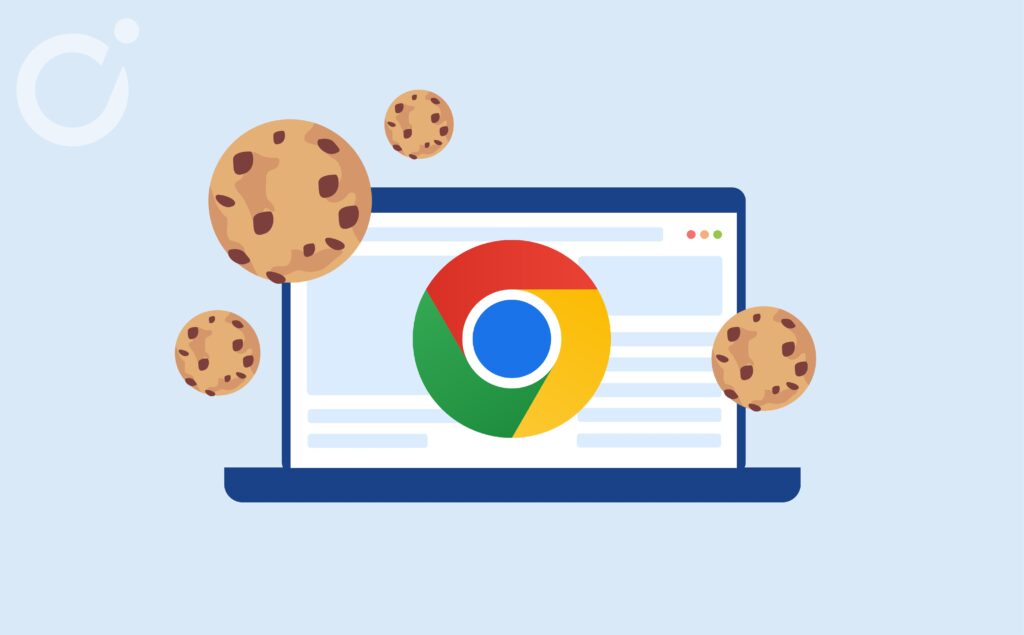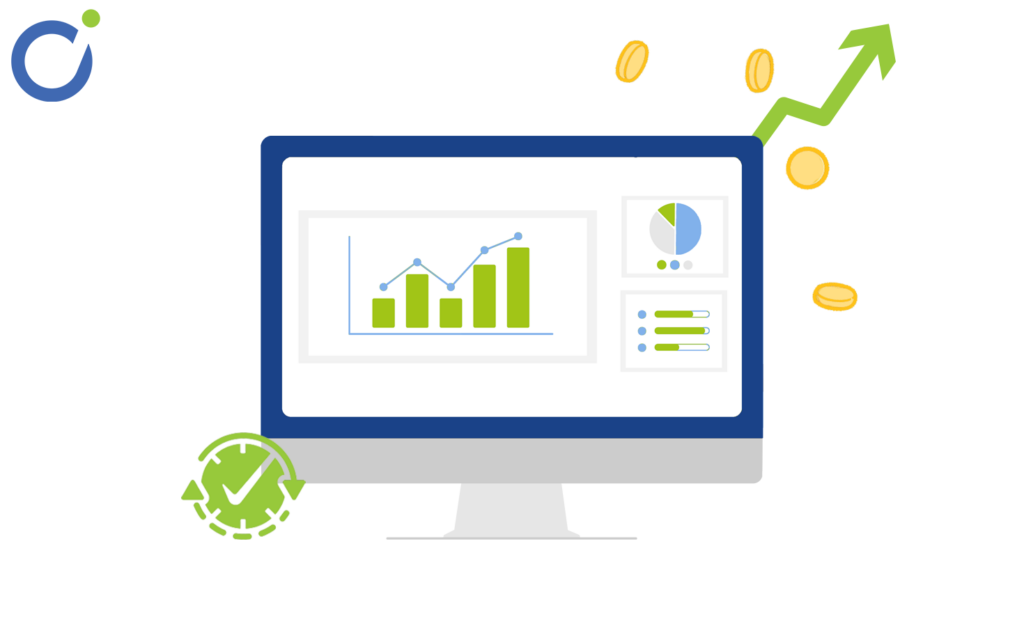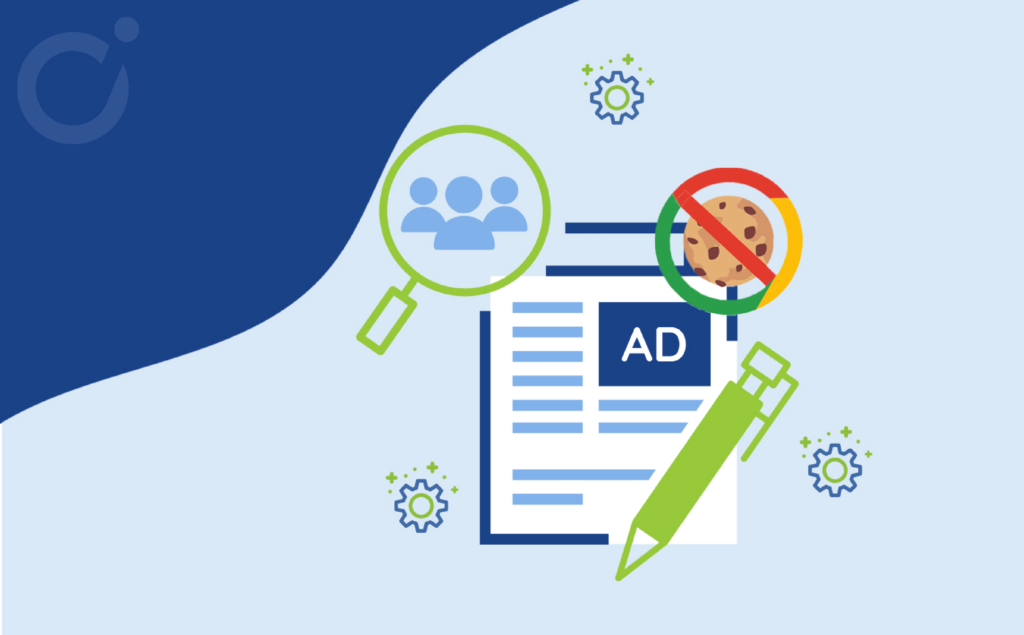The latest trend adopted by media publishers? Traffic shaping. This technique, which selects demand partners according to a number of criteria, increases advertising profitability, improves media loading times and reduces the digital carbon footprint of the publisher and the programmatic industry. More explanations in our article.
What is traffic shaping?
In programmatic advertising, SSPs (Sell-Side Partners) filter advertising inventory by category (geographic audience, device used, domain name, etc.) to offer only those most wanted by advertisers. The aim is essentially to make the advertising sales process more efficient and targeted, by ensuring that only the most relevant and successful offers are passed on to Demand Side Platforms (DSPs). This makes the offer more profitable for the DSPs, and reduces the filters applied upstream, known as “bid throttling”.
Today, more and more publishers have decided to unclog the programmatic chain and take this filtering technique into their own hands. This is called Traffic Shaping. Publishers deactivate SSPs connected through multiple wrappers and leave them connected through one channel. For example, the same SSP may be connected to the same audience via Prebid.JS, Open Bidding, Amazon TAM and another Prebid Server wrapper.
This technique makes it possible to proactively filter the volume of Ad Requests sent to demand partners. This ensures a better bid response and higher CPMs (cost per thousand impressions). Opti Digital implements traffic shaping within its Opti Engage product.
Why is traffic shaping worthwhile?
Traffic shaping offers numerous advantages for the entire Ad Tech supply chain, providing a more efficient circuit from seller to buyer:
- Reduced carbon footprint: this process enables optimized and streamlined access from inventory to the source of demand, reducing the number of calls for bids sent to SSPs, and contributing to a reduction in the media’s carbon footprint.
To find out more: How can you reduce the carbon footprint of your advertising campaigns?
- Improved user experience (UX): By deactivating selected bidders, page load times are reduced and more relevant ads are displayed, offering users a better browsing experience.
- Enhanced relationship with demand partners: the filtering of ad requests, already done upstream, does not have to be done by SSPs and DSPs downstream (bid throttling), as was the case before publishers adopted traffic shaping. This filter makes the audience more profitable for SSPs and DSPs, who will automatically direct their advertising investments towards the most profitable paths.
- Improved revenues: traffic shaping can help publishers increase their CPMs (cost per thousand impressions). In fact, by reducing the volume of audience available for purchase, the publisher creates a situation of scarcity: bids are limited, and therefore more expensive and of better quality, which increases profitability.
Traffic Shaping at Opti Digital
At Opti Digital, we have developed an algorithm capable of strategically selecting the demand partners to include in the sales process. Our approach is based on data collection and artificial intelligence: our technology analyzes the bid responses of SSPs under different conditions.
We implement traffic shaping filters in two ways:
- Based on certain criteria: We send ad requests only when certain parameters are met, such as geographic zone, device type, domain name, browser, consent to targeted advertising, etc., when the requesting partner has previously responded to ad requests with good bid responses and higher CPMs.
- Based on SSP performance: We “pause” most ad requests if the SSP underperforms. For example, this approach makes it possible to temporarily disable an ad request partner that would participate weakly in auctions below a certain participation rate or below a certain CPM level.
We deploy traffic shaping in server-side auctions, on a granular basis, over part of our demand using our Opti Engage product, and gradually observe the results. The strategy is paying off. The results of the technology can be seen by analyzing auction participation rates and partner CPMs. They confirm that traffic shaping is working for them, and remove any bid throttling filters they may have applied previously. By optimizing the number of requests sent to partners, we reduce the carbon footprint of media publishers, accelerate site loading speed, and at the same time reduce Opti Digital’s infrastructure load, which reduces our energy expenditure.
Today, Opti Engage is deployed on over 1,700 medias. Alongside other enrichment technologies with native demand and alternative identification solutions to third-party cookies, traffic shaping is one of the technical building blocks behind this innovative advertising format. Opti Engage increases RPM by +7 to +10% on average, and regularly ranks in the top 3 of connected bidders via Prebid.
Read: Opti Engage, 3 reasons to adopt this new advertising format
Don’t hesitate to contact us if you’d like to find out more or if you want to implement Opti Engage on your media.




